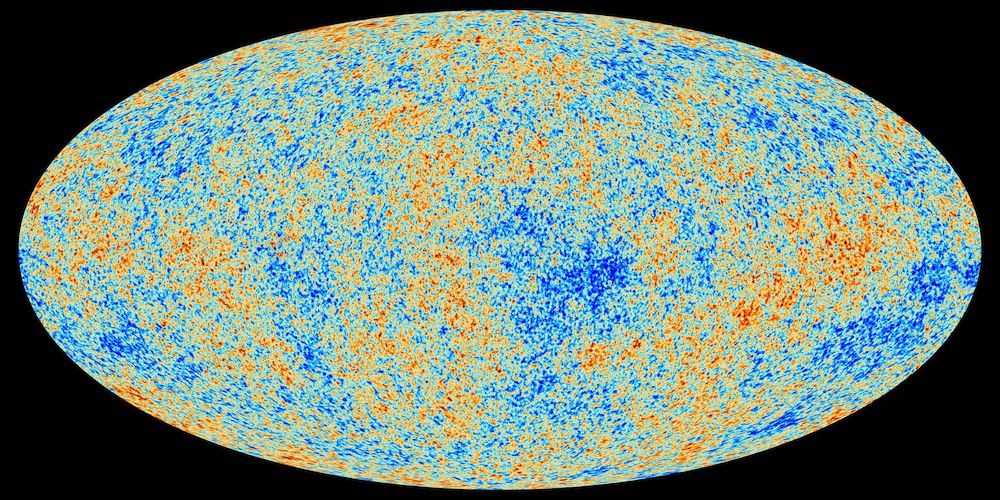One of the biggest mysteries that plague our minds is the universe. The universe is so vast and grand, and so far out of our reach. We must be content with staying on our little blue rock, floating through the fabric of space, desperately trying to peer out into the darkness and get a grasp of the cosmos. However, in the past few decades, massive strides in the field of astronomy have been taken and we now know more than we ever did before. One of the things that we understand now that wasn’t understood centuries ago was how the universe came to be. Through a theory known as the Big Bang (no, not the show), scientists have come up with a leading explanation for the birth of the universe. Now, there currently aren’t any instruments that let astrophysicists physically see back to the universe’s birth, but through a model called the Cosmic Microwave Background, which is thought to be leftover radiation from the Big Bang.

The radiation cannot be seen by the naked eye, but it is everywhere. Astronomers use specific tools to see the radiation, and as a result can “see” the expansion of the universe. The Big Bang theory is widely accepted, but there are astronomers who believe in other explanations.
According to NASA, if a snapshot were captured one second after the Big Bang, there would be a 10-billion degree sea of atomic particles, such as protons, neutrons, and electrons. The universe would start to cool, combining these atomic particles and starting the slow progress to get to where we are today. The afterglow of the Big Bang, the photons that existed then, are the very same photons that we observe today in the Cosmic Microwave Background. In 2013, the European Space Agency’s Planck satellite mapped the sky, revealing the universe to be about 13.82 billion years old, which was older than previously thought.
The Big Bang Theory was proposed by Georges LeMaitre in 1927, and was soon expanded upon by Edwin Hubble. Hubble discovered that other galaxies were moving away from us at high speeds. Hubble wasn’t aware of LeMaitre’s work at the time, but their two theories collided and supported each other. Hubble’s work with astronomy is astounding, and will forever shape the way we view the cosmos. It is through scientists like LeMaitre and Hubble that we begin to unravel the mysteries of the cosmos, and as the future draws closer, we will slowly start inching our way to understanding our role in the vast universe.
